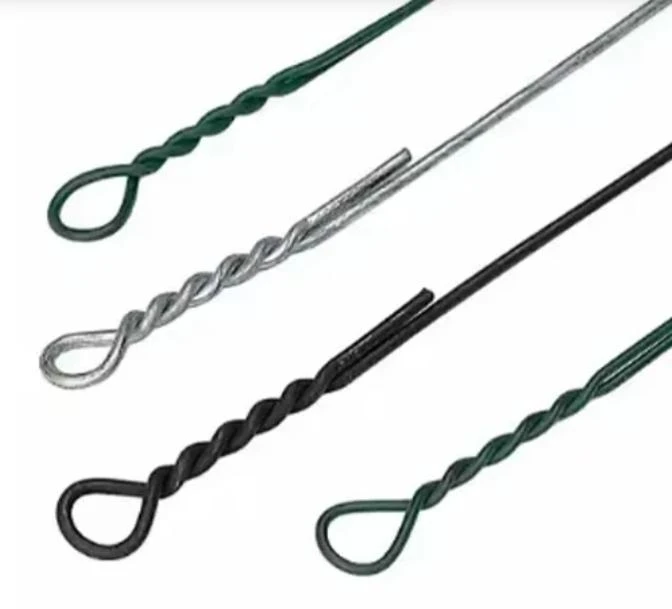-
 Phone:
Phone: -
 Email:
Email:

Alternative Solutions for Efficient Baling Wire Management and Usage Optimization
Understanding Bale Wire An Essential Component in the Storage and Transportation of Goods
Bale wire plays an indispensable role in various industries, particularly in agriculture, recycling, and manufacturing. This sturdy wire is primarily used to bind bales of material—be it hay, straw, paper, or plastic—enabling efficient storage and transportation. Though often overlooked, bale wire is a crucial component that enhances the efficiency of operations across multiple sectors.
What is Bale Wire?
Bale wire is a type of wire specifically designed for binding bales. It is typically made from high-carbon steel, which provides the necessary tensile strength and durability required to hold various materials securely together. The wire comes in various gauges and lengths, giving users the flexibility to select the appropriate size for their specific needs. Common applications include agriculture, where it is used to bundle hay and straw, and recycling, where it secures recyclable materials into manageable bundles.
Types of Bale Wire
There are several types of bale wire available, each tailored to specific needs
1. Baleforce Wire This is designed for use with balers—machines that compress these materials into bales. Baleforce wire is known for its high tensile strength, ensuring that bales remain tightly bound during storage and transport.
2. Galvanized Wire For applications exposed to moisture or varying weather conditions, galvanized wire is preferred. The galvanization process involves coating the wire with a layer of zinc, which protects it from rust and corrosion, thus extending its lifespan.
3. Plastic Coated Wire In some scenarios, plastic-coated bale wire is used to minimize the chance of tearing or damaging the materials being bound. This coating also provides additional weather resistance.
bale wire

Applications of Bale Wire
Bale wire is predominantly used in agriculture. Farmers utilize bale wire for binding hay and straw that is harvested and stored for livestock feed or bedding. The tight binding prevents spoilage and ensures that the bales can be efficiently transported for sale or distribution.
In the recycling industry, bale wire is vital for compressing paper, cardboard, and plastics into bales that can be easily handled and transported. This not only optimizes space but also simplifies the logistical challenges of recycling operations. The use of bale wire in these processes significantly reduces the overall cost of transportation and storage.
Advantages of Using Bale Wire
The advantages of using bale wire are numerous. Firstly, its high strength ensures that bales remain intact, minimizing losses while in transit or during storage. Secondly, using a standardized method for binding bales streamlines processes in both agricultural and industrial settings. Also, due to its availability in various sizes and types, users can select the most suitable wire for their specific applications, enhancing operational efficiency.
Moreover, the cost-effectiveness of bale wire cannot be overstated. While it is a modest investment, the savings in transportation costs, reduced spoilage, and the increased efficiency of operations make it a wise choice for businesses looking to optimize their supply chain.
Conclusion
Bale wire may not be the most glamorous component in supply chain logistics, but it is a critical element that facilitates the efficient storage and transport of goods across several industries. Understanding its types, applications, and advantages is key for professionals in fields such as agriculture, recycling, and manufacturing. By recognizing the value of bale wire, businesses can significantly enhance their operational efficiency and ensure the integrity of their products, ultimately leading to greater success in today's competitive market.
-
Wire Mesh for Every Need: A Practical SolutionNewsJul.25,2025
-
Steel Fences: Durable, Secure, and Stylish OptionsNewsJul.25,2025
-
Roll Top Fencing: A Smart Solution for Safety and SecurityNewsJul.25,2025
-
Cattle Farm Fencing Solutions for Maximum SecurityNewsJul.25,2025
-
Affordable Iron Binding Wire SolutionsNewsJul.25,2025
-
Affordable Galvanized Wire SolutionsNewsJul.25,2025
-
Wire Hanger Recycling IdeasNewsJul.25,2025








